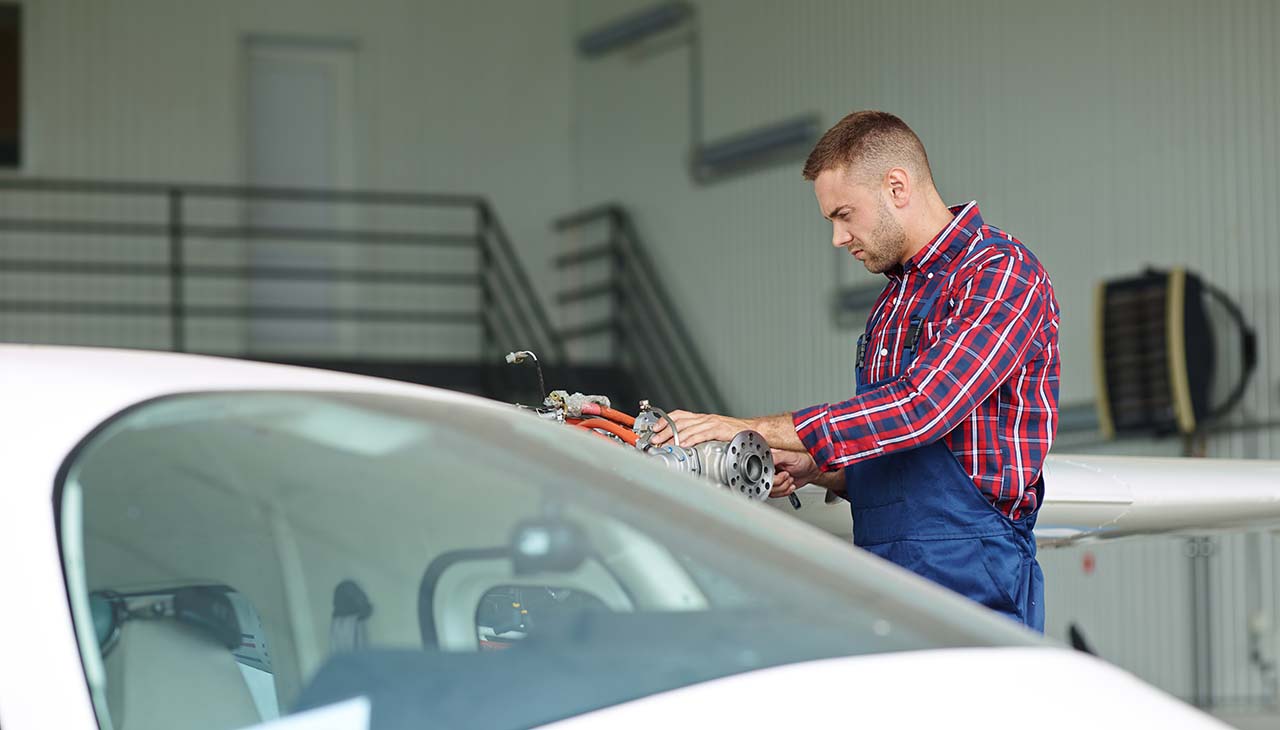Scratches on a car’s auto glass can be more than just an eyesore; they can also compromise the structural integrity of the glass and impair the driver’s visibility, potentially leading to safety hazards. Whether caused by debris on the road, improper cleaning techniques, or general wear and tear, understanding how to prevent and treat these scratches is essential for maintaining the aesthetics and longevity of your vehicle. This guide will provide you with practical advice on how to keep your auto glass in pristine condition, offering solutions that range from simple DIY fixes to professional services.
Preventive Measures
Regular Cleaning Using Proper Techniques and Materials
One of the most effective ways to prevent scratches on your auto glass is through regular cleaning, using the right techniques and materials. It’s crucial to use a microfiber cloth or a squeegee and a glass cleaner specifically designed for automotive use. These materials help to remove dirt and debris without leaving scratches. It’s also important to clean your auto glass in a shaded area to prevent the cleaner from drying too quickly, which can leave residue and streaks.
Parking in Safe Areas Away from Potential Debris
The location where you park your vehicle can also impact the likelihood of acquiring scratches on your auto glass. Whenever possible, choose parking spaces that are away from trees, construction sites, and heavily trafficked roads where your car is more likely to be exposed to potential debris. Covered parking or garages offer the best protection against elements and accidental scratches from passersby or animals.
Applying Protective Films or Coatings
For an added layer of protection, consider applying a protective film or coating to your auto glass. These products are designed to shield the glass from the impact of small debris, effectively reducing the risk of scratches. They can also offer additional benefits such as UV protection and glare reduction, enhancing the driving experience. While this can be a DIY project for some automotive enthusiasts, professional installation is recommended to ensure the film is applied correctly and without bubbles or misalignments.
Treating Minor Scratches
Identifying Types of Minor Scratches
Before attempting to remove scratches from auto glass, it is crucial to identify the type of scratch and its severity. Minor scratches, often referred to as surface scratches, can usually be felt with a fingernail but don’t penetrate deeply into the glass. These can often be corrected with DIY methods. Deeper scratches, however, may require professional assessment and treatment.
DIY Methods for Minor Scratch Removal
For surface scratches, a variety of DIY methods can be effective. One of the simplest is to use toothpaste (specifically a non-gel type) as a mild abrasive. By applying a small amount of toothpaste to a microfiber cloth and gently rubbing it over the scratch in a circular motion, many minor scratches can be diminished or even removed entirely. It’s important to thoroughly clean the area before and after this process to avoid further damage.
Using Glass Polishing Compounds
For scratches that are slightly deeper or more stubborn, glass polishing compounds can offer a more effective solution. These compounds are designed specifically for glass and work by gently abrading the surface around the scratch to level it out with the rest of the window. Application typically involves using a soft cloth or an orbital polisher, following the product’s instructions closely. While this method may require more effort and patience, it’s a powerful way to address minor scratches without resorting to professional repair services.
Professional Treatment Options
When DIY methods are not enough to remove deeper scratches or when the scratch is situated in the driver’s line of vision, seeking the help of professional auto glass repair services becomes necessary. Professionals have the tools, materials, and expertise to assess the damage accurately and recommend the best course of action. This can include polishing or, in more severe cases, replacing the glass. Consulting with a professional is crucial when the integrity of the glass is compromised, as this can affect the safety and structural stability of the vehicle. Furthermore, professional services often come with warranties, offering peace of mind that the repair is guaranteed.
Future Maintenance Tips
To ensure your auto glass remains in top condition and to minimize the risk of future scratches, ongoing care and maintenance are key. Here are some recommendations:
- Regular Inspections: Frequently inspect your auto glass for any signs of damage. Early detection of minor scratches or chips can prevent them from worsening and possibly requiring more extensive repairs.
- Use of Soft Cleaning Tools: Always use soft, non-abrasive tools like microfiber towels or sponges specifically designed for glass cleaning. This practice reduces the risk of inadvertently adding scratches during routine cleanings.
- Avoid Dry Wiping: Dry wiping can cause dirt and debris to scratch the glass. It’s best to spray a generous amount of automotive glass cleaner before wiping to provide a protective layer between the debris and the glass.
- Follow Appropriate Cleaning Techniques: Clean the glass using gentle, circular motions rather than harsh, back-and-forth actions which can drag debris across the glass surface, causing scratches.
- Park Wisely: Continue to prioritize safe parking locations that protect your vehicle from potential environmental hazards. Utilize covered parking or garages whenever possible to safeguard against unforeseeable debris from trees, birds, and other elements.
- Reapply Protective Films or Coatings Annually: Protective films and coatings deteriorate over time. Reassessing and replacing these protections annually, or as recommended by the manufacturer, can continuously safeguard your auto glass against scratches.
By adhering to these practices, you can maintain the clarity and integrity of your auto glass, thereby enhancing your driving visibility and preserving the overall value of your vehicle.

